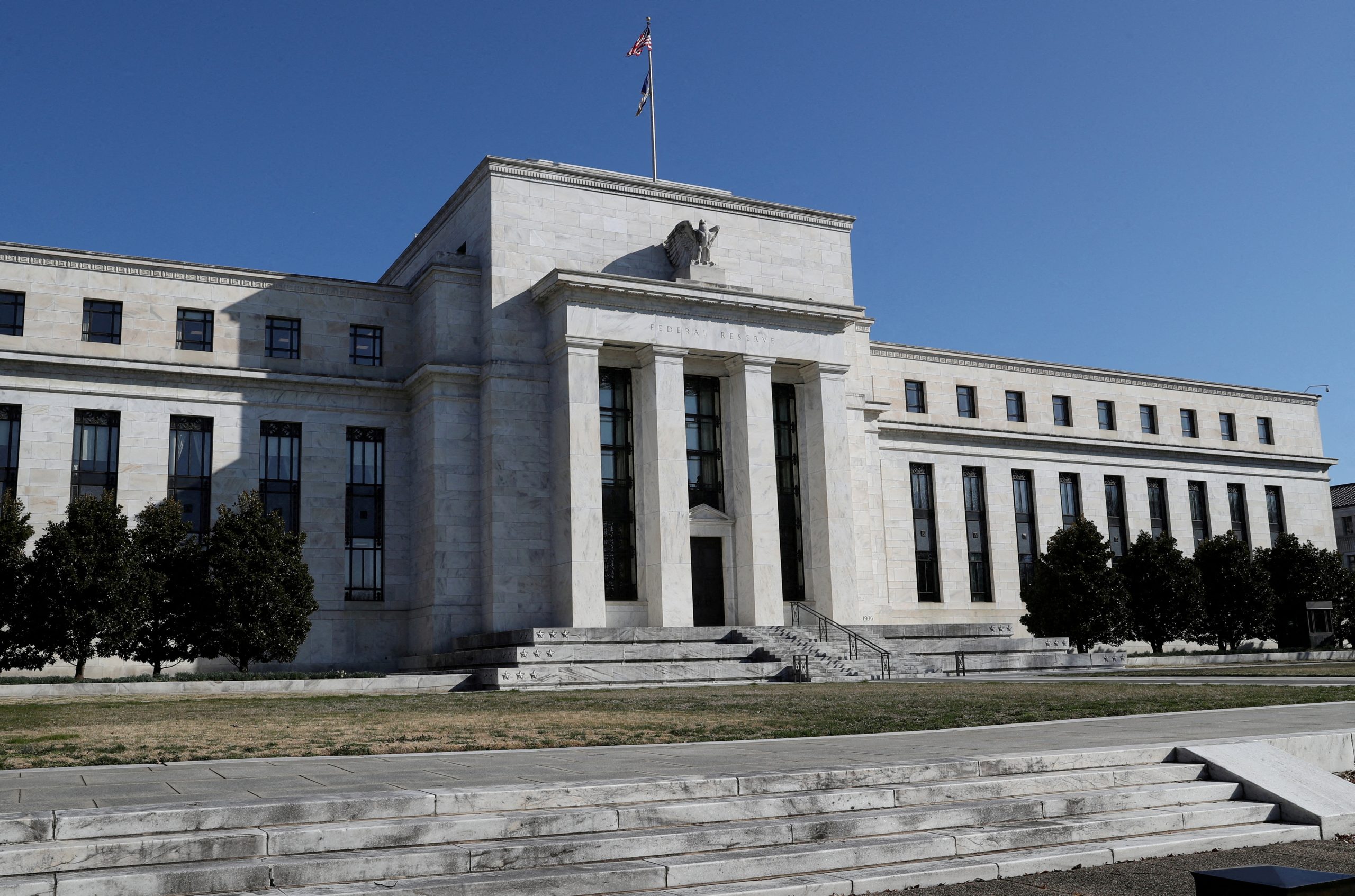
[elfsight_social_share_buttons id=”1″]
The Federal Reserve raised its target interest rate by three-quarters of a percentage point to a range of 3.00%-3.25% on Wednesday and signaled more large increases to come in new projections showing its policy rate rising to 4.40% by the end of this year before topping out at 4.60% in 2023 to battle continued strong inflation.
The U.S. central bank’s quarterly economic projections, meanwhile, showed the economy slowing to a crawl in 2022, with year-end growth at 0.2%, rising to 1.2% in 2023, well below the economy’s potential. The unemployment rate, currently at 3.7%, is projected to rise to 3.8% this year and to 4.4% in 2023. Inflation is seen slowly returning to the Fed’s 2% target in 2025.
Rate cuts are not foreseen until 2024.
U.S. stocks pared gains following the release of the policy statement while the dollar hit a fresh two-decade against a basket of currencies. In the U.S. Treasury market, which plays a key role in the transmission of Fed policy decisions into the real economy, yields on the 2-year note reached their highest levels since 2007. The yield on the 10-year note also rose to a level not seen since 2011.
The federal funds rate projected for the end of this year signals another 1.25 percentage points in rate hikes to come in the Fed’s two remaining policy meetings in 2022, a level that implies another 75-basis-point increase in the offing.
“The committee is strongly committed to returning inflation to its 2% objective,” the Fed said in a statement announcing its third consecutive 75-basis-point hike, which is considerably higher than the quarter-percentage-point increases typical of the U.S. central bank.
The Fed “anticipates that ongoing increases in the target range will be appropriate,” the statement from its policymaking Federal Open Market Committee said, repeating language from its previous statement in July.
The updated projections point to an extended Fed battle to quell the highest bout of inflation since the 1980s, and one that potentially pushes the economy at least to the borderline of a recession.
The Fed said that “recent indicators point to modest growth in spending and production,” but the economy is still seen slowing to a near crawl this year, with year-end growth of just 0.2%.
“The Fed was late to recognize inflation, late to start raising interest rates, and late to start unwinding bond purchases. They’ve been playing catch-up ever since. And they’re not done yet,” said Greg McBride, chief financial analyst at Bankrate.
The rise in the unemployment rate from 3.8% at the end of 2022 to 4.4% at the end of 2023, meanwhile, is above the half-percentage-point rise in unemployment that has been associated with past recessions.
Copyright 2022 Thomson/Reuters
